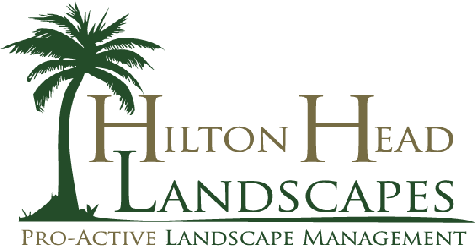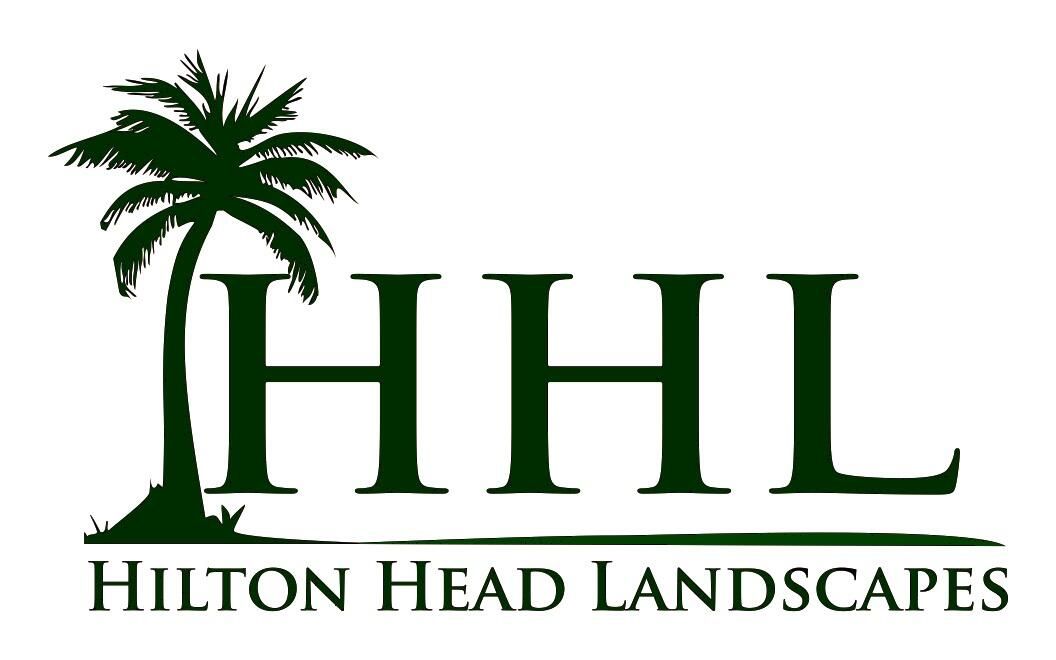Mastering Tree and Shrub Pruning: Essential Techniques for Hilton Head Island Gardens

Proper tree and shrub pruning techniques are essential for maintaining healthy, beautiful landscapes on Hilton Head Island. By understanding the right methods and timing for pruning, you can enhance the appearance and longevity of your plants while avoiding common mistakes that could harm them.
Key Takeaways:
- Prune during the dormant season for most trees and shrubs
- Use clean, sharp tools to make precise cuts
- Remove dead, diseased, or crossing branches first
- Understand the natural growth pattern of each plant species
- Avoid over-pruning, which can stress plants and reduce their vigor
- Consider the specific needs of Hilton Head Island's climate and native plants
- Regularly maintain and sanitize pruning tools to prevent disease spread
Understanding the basics of pruning
Pruning is a vital aspect of plant care that involves selectively removing parts of a tree or shrub. When done correctly, pruning can improve plant health, shape, and productivity. For Hilton Head Island residents, understanding these fundamentals is crucial for maintaining lush, thriving landscapes that can withstand the coastal climate.
The importance of proper pruning
Proper pruning techniques are not just about aesthetics; they play a significant role in plant health. By removing dead or diseased branches, you can prevent the spread of infections and improve air circulation within the plant's canopy. This is especially important in Hilton Head's humid environment, where fungal diseases can thrive.
Timing is everything
Knowing when to prune is just as important as knowing how. For most trees and shrubs on Hilton Head Island, the best time to prune is during the dormant season, typically late winter to early spring. This timing minimizes stress on the plant and reduces the risk of pest infestations or disease transmission.
Essential tools for pruning
Having the right tools is crucial for effective pruning. For Hilton Head gardeners, investing in quality pruning equipment can make the task easier and more efficient.
Hand pruners for small branches
Hand pruners are perfect for cutting small branches up to about 3/4 inch in diameter. They're ideal for shaping shrubs and removing small, dead twigs from trees.
Loppers for medium-sized branches
Loppers are designed for branches between 3/4 inch and 1 1/2 inches in diameter. They provide more leverage than hand pruners, making it easier to cut through thicker branches.
Pruning saws for larger limbs
For branches larger than 1 1/2 inches in diameter, a pruning saw is the tool of choice. These saws are designed to cut on the pull stroke, making them more efficient for removing larger limbs.
Techniques for pruning trees
Proper tree pruning techniques are essential for maintaining the health and structure of trees in your Hilton Head landscape.
Identifying the branch collar
The branch collar is the swollen area where a branch connects to the trunk or a larger branch. When pruning, it's crucial to make cuts just outside this collar to promote proper healing and prevent decay.
Making the right cuts
When removing larger branches, use the three-cut method to prevent bark tearing:
- Make an undercut about 12 inches from the trunk
- Make a top cut slightly further out on the branch
- Remove the remaining stub with a final cut just outside the branch collar
Thinning vs. heading cuts
Thinning cuts remove entire branches back to their point of origin while heading cuts shorten branches to a bud or lateral branch. Thinning cuts are generally preferred as they maintain the tree's natural shape and promote better air circulation.
Shrub pruning strategies
Shrubs require different pruning approaches depending on their growth habits and flowering patterns.
Pruning flowering shrubs
For spring-flowering shrubs like azaleas, which are popular on Hilton Head Island, prune immediately after they finish blooming. This allows them to set buds for the following year. Summer-flowering shrubs, on the other hand, can be pruned in late winter or early spring.
Rejuvenation pruning
Older, overgrown shrubs can benefit from rejuvenation pruning. This involves cutting the entire shrub back to about 6-12 inches from the ground, allowing it to regrow with renewed vigor.
Shaping and thinning shrubs
Regular shaping and thinning help maintain the desired form of shrubs and promote healthy growth. Remove up to one-third of the oldest, thickest stems each year to encourage new growth from the base.
Pruning for Hilton Head Island's climate

Hilton Head's coastal environment presents unique challenges and opportunities for pruning.
Adapting to salt spray
Trees and shrubs near the coast may require more frequent pruning to remove salt-damaged foliage. Focus on removing brown or discolored leaves and branches to promote new, healthy growth.
Hurricane Preparedness
Proper pruning can help trees and shrubs withstand strong winds during hurricane season. Remove weak or damaged branches and thin dense canopies to reduce wind resistance.
Common pruning mistakes to avoid
Even experienced gardeners can make pruning errors. Here are some common mistakes to watch out for:
Topping trees
Topping, or cutting off the top of a tree, is a harmful practice that can lead to weak regrowth and decay. Instead, use proper thinning techniques to reduce a tree's height.
Over-pruning
Removing too much foliage at once can stress plants and reduce their ability to photosynthesize. As a general rule, never remove more than 25% of a plant's live foliage in a single season.
Improper cuts
Making flush cuts (too close to the trunk) or leaving stubs can prevent proper healing and invite disease. Always cut just outside the branch collar for clean, healthy pruning.
Seasonal pruning guide for Hilton Head Island
Understanding the seasonal pruning needs of Hilton Head's plants can help you maintain a beautiful landscape year-round.
Winter pruning (December-February)
Winter is ideal for pruning most deciduous trees and shrubs while they're dormant. This is also a good time to shape evergreens like holly and boxwood.
Spring pruning (March-May)
After spring-flowering shrubs have bloomed, prune them to maintain their shape. This is also a good time to remove winter-damaged branches from trees and shrubs.
Summer pruning (June-August)
Light pruning and deadheading can be done in summer to maintain plant shape and encourage continued blooming. Avoid heavy pruning during this time to prevent stress.
Fall pruning (September-November)
Fall pruning should be minimal, focusing on removing dead or diseased branches. Avoid stimulating new growth that could be damaged by winter cold.
Pruning native plants of Hilton Head Island
Hilton Head Island is home to many beautiful native plants that require specific pruning care.
Live oaks
These iconic trees generally need minimal pruning. Focus on removing dead or diseased branches and thinning them to improve air circulation.
Wax myrtles
Prune wax myrtles in late winter to early spring to maintain their shape and size. They respond well to hard pruning if needed.
Yaupon holly
Prune yaupon holly in late winter before new growth begins. They can be shaped into hedges or allowed to grow naturally with occasional thinning.
Pruning for specific landscape goals
Different pruning techniques can help achieve various landscape objectives.
Pruning for privacy
To create dense privacy screens, lightly prune the tips of fast-growing shrubs like wax myrtle or viburnum during the growing season to encourage bushier growth.
Pruning for fruit production
For fruit trees like citrus, prune to open up the canopy and improve air circulation. This helps prevent disease and ensures sunlight reaches all parts of the tree.
Pruning for wildlife habitat
When pruning, consider leaving some dead branches or creating brush piles to provide habitat for birds and small animals common to Hilton Head Island.
Maintaining pruning tools
Proper tool maintenance is crucial for effective and safe pruning.
Cleaning and disinfecting
Clean tools after each use and disinfect them between plants to prevent the spread of disease. A solution of one part bleach to nine parts water works well for disinfecting.
Sharpening techniques
Keep pruning tools sharp for clean cuts that heal quickly. Use a file or sharpening stone to maintain a sharp edge on blades.
When to call a professional
While many pruning tasks can be done by homeowners, some situations require professional help.
Large tree pruning
For pruning large trees or working at heights, it's best to call a certified arborist. They have the skills and equipment to safely prune tall trees.
Dealing with storm damage
After severe storms, which are not uncommon on Hilton Head Island, professional assessment and pruning may be necessary to address damaged trees safely.
Pruning safety considerations

Safety should always be a top priority when pruning.
Personal protective equipment
Wear safety glasses, gloves, and sturdy shoes when pruning. For overhead work, a hard hat is also recommended.
Ladder safety
When using ladders for pruning, ensure they are stable and placed on level ground. Never stand on the top two rungs of a ladder.
Pruning and plant health
Proper pruning can significantly impact overall plant health.
Disease prevention through pruning
Regular pruning helps prevent disease by improving air circulation and removing potential infection sites. This is particularly important in Hilton Head's humid climate.
Promoting vigorous growth
Strategic pruning can stimulate new growth and rejuvenate older plants. This is especially beneficial for shrubs that may become leggy or overgrown over time.
Here's a list of common pruning mistakes to avoid:
- Topping trees
- Making flush cuts
- Leaving branch stubs
- Over-pruning (removing more than 25% of live foliage)
- Pruning at the wrong time of year
- Using dull or dirty tools
- Ignoring the natural shape of the plant
- Failing to make proper angle cuts
- Not considering the plant's growth rate
- Pruning without a clear purpose or plan
Source
- Effective tree pruning techniques include:
- Proper pruning techniques, such as removing dead, damaged, or diseased branches, and thinning out overcrowded branches to improve air circulation and sunlight penetration.
- The timing of pruning depends on the tree species. Most trees can be pruned during dormancy, but some trees, like maples and birches, should be pruned in late winter or early spring to minimize sap flow and reduce the risk of bleeding.
- Pruning methods, such as heading back, thinning, and elevating, can be used to achieve different pruning goals.
- Effective shrub pruning techniques include:
- The timing of pruning depends on the shrub species. Most shrubs can be pruned in late winter or early spring before new growth begins.
- Pruning methods, such as shearing, thinning, and rejuvenation pruning, can be used to maintain shrub shape, improve air circulation, and promote new growth.
By avoiding these mistakes and following the techniques outlined in this article, you can ensure that your Hilton Head Island landscape remains healthy, beautiful, and resilient to the unique coastal climate. Remember, proper pruning is an ongoing process that requires patience and observation. With practice and attention to detail, you'll develop the skills needed to maintain a thriving garden that enhances your property and contributes to the natural beauty of Hilton Head Island. For more information, you can visit our website or contact us.



